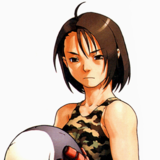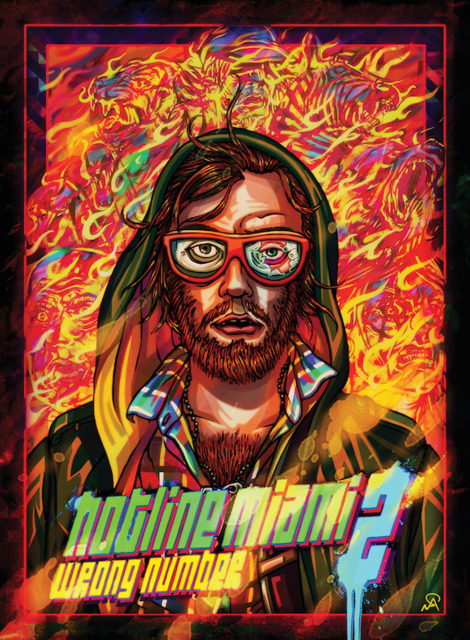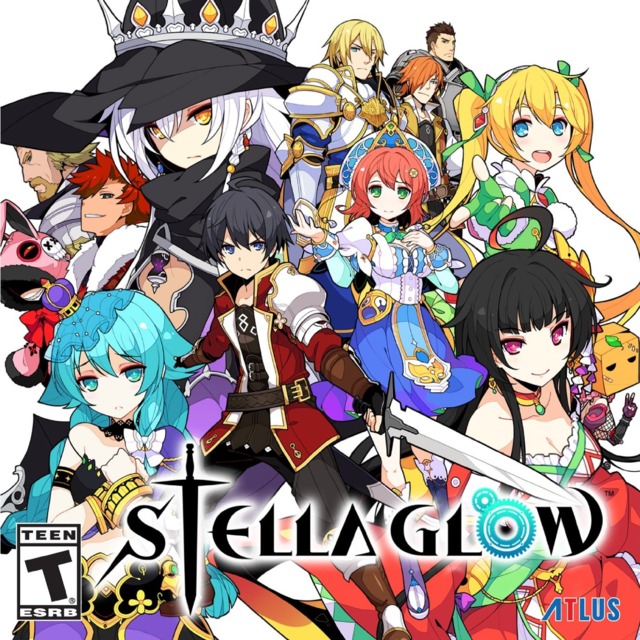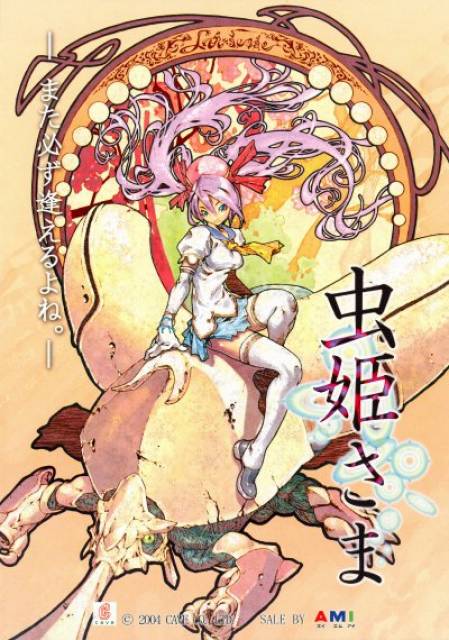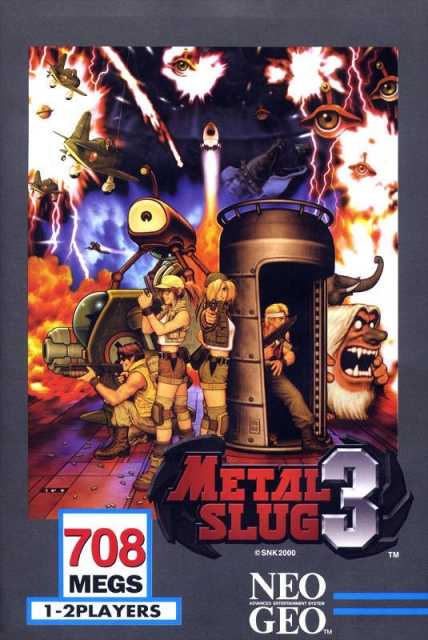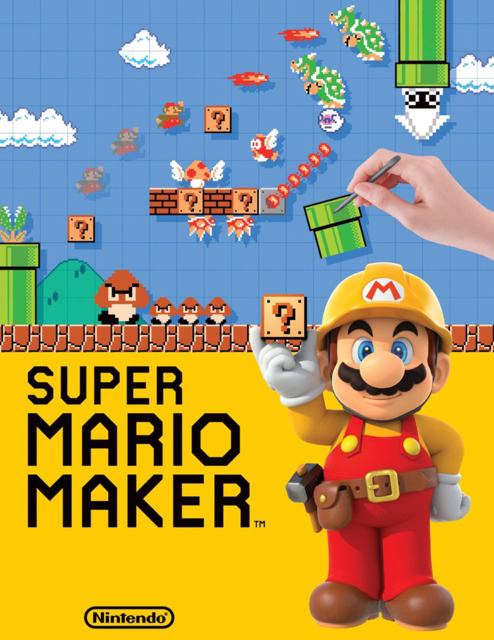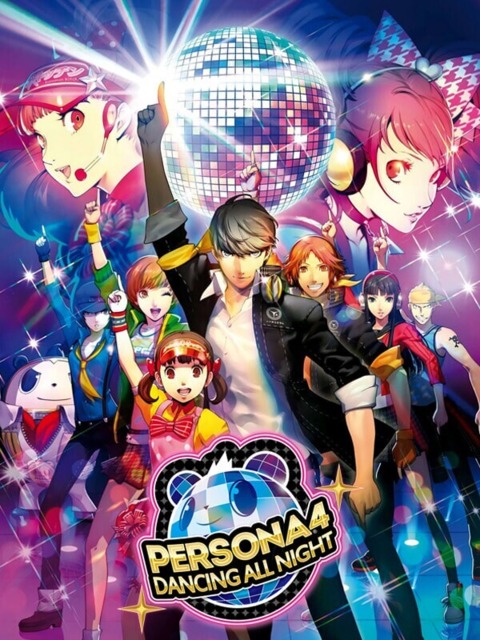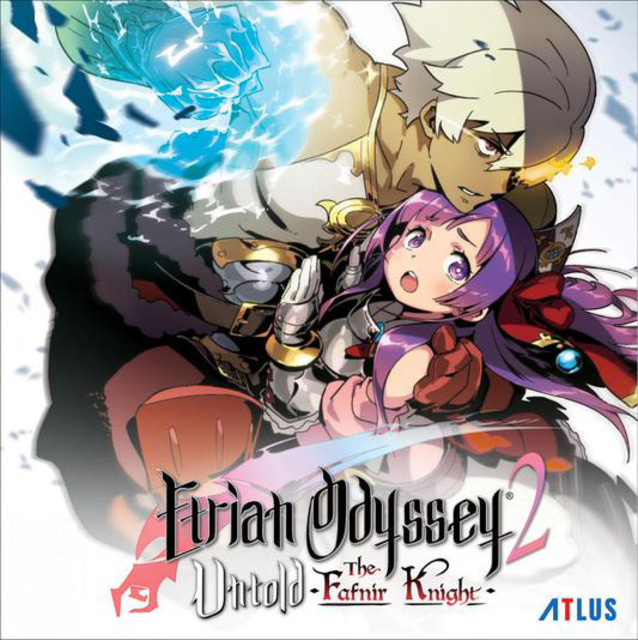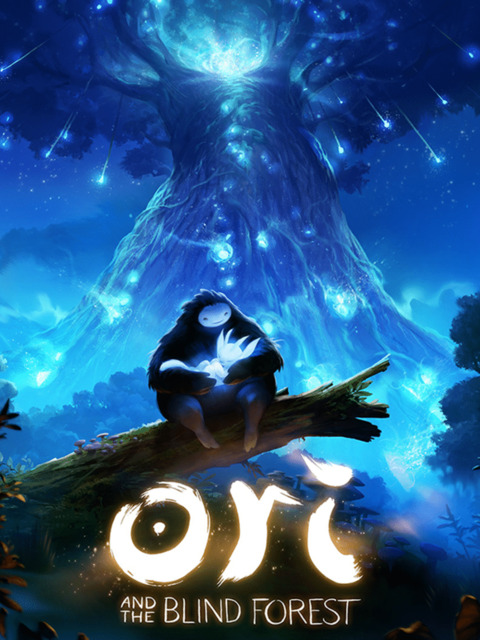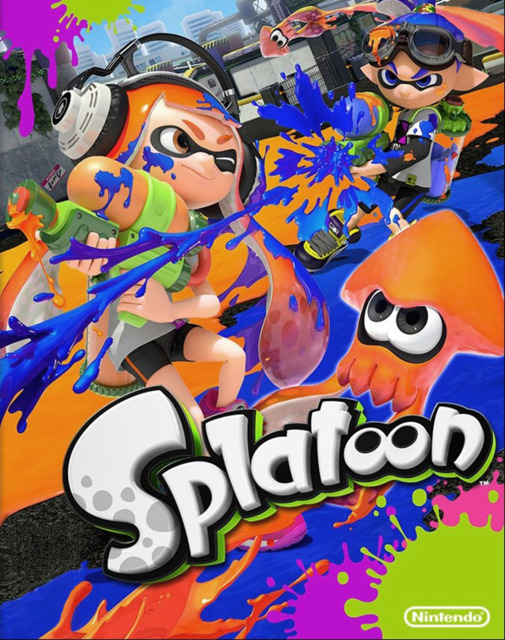GOTY 2015
Hello and thank you for visiting my profile page to read my personal Games of the Year list for 2015. Each coming year presents its own set of challenges for me to deliberate, compile, and summarize my own GOTY list and this year was no different. Aside from my usual challenges of squeezing in the time to play against work, other hobbies, and other normal obstacles, I did not have the writing touch that I had in writing my GOTY list last year. Not only that I come away a bit unsatisfied with my writing work on this year’s GOTY game summaries, the crop of games that I had to deliberate over onto this year’s list was quite underwhelming. I spent most of my gaming time this year clearing older games from my backlog, which included two lengthy JRPGs and a run of shorter-length older games for much of Q2 and Q3. You could say the games that landed on my list were lucky enough to be played by me in this year.
For those who have read my previous GOTY lists will notice a lack of high profile, widely acknowledged games back then and it’s no different here. You won’t see Bloodborne, Life is Strange, Metal Gear Solid V, Mortal Kombat X, Undertale, The Witcher 3, and such other titles deserving of the praise on this particular list. I will do my best to summarize on why the games I chose the following games were lucky enough and worthy of my personal praise here. My GOTY format is the same as last year’s.
